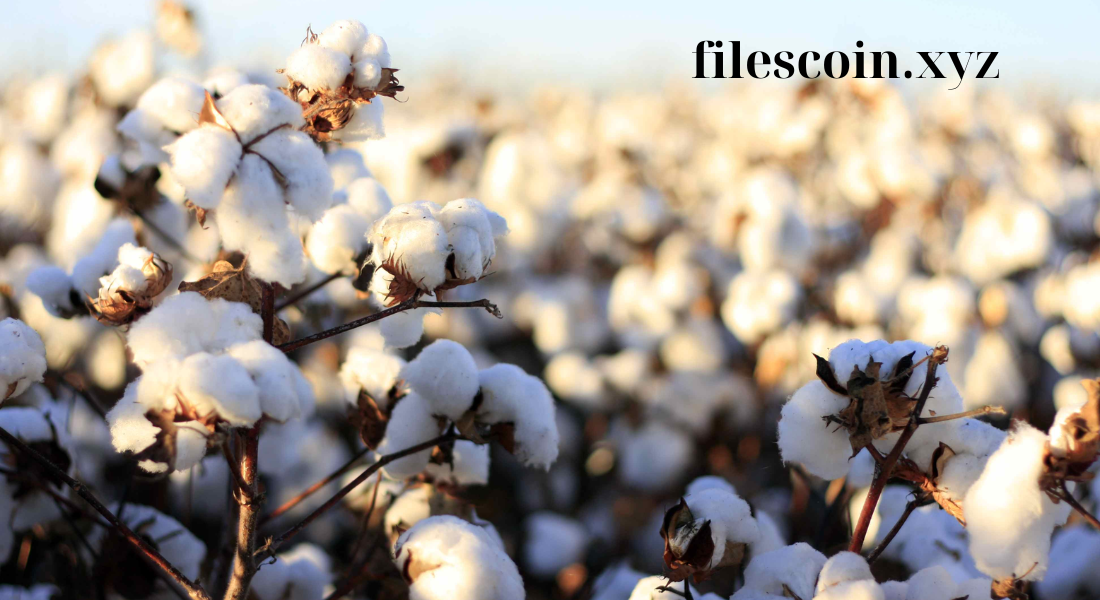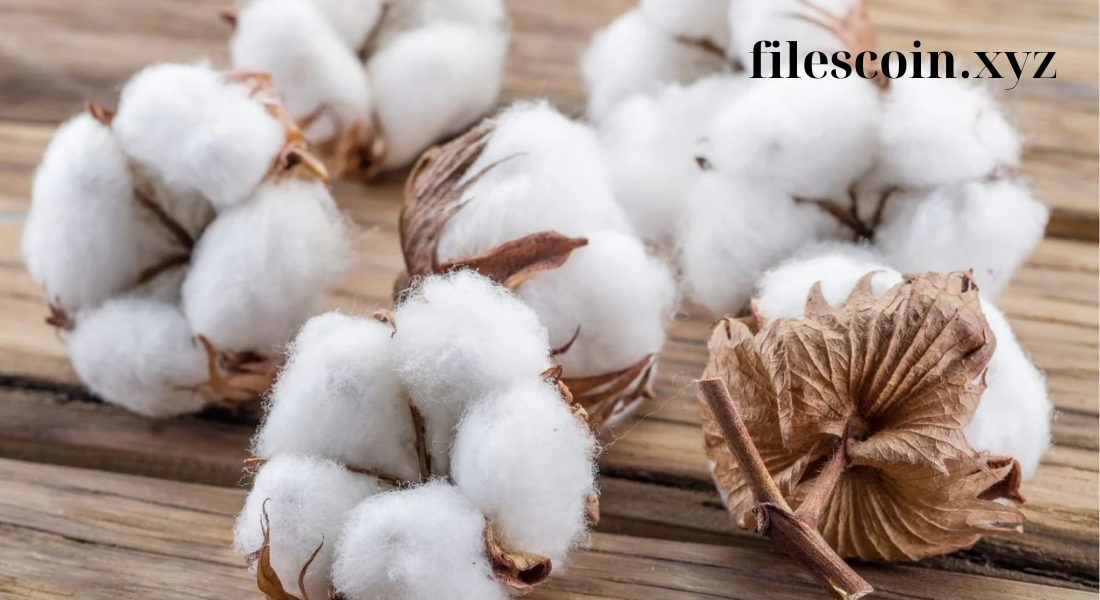Introduction
Cotton textile properties have made this natural fiber one of the most sought-after materials in the fashion and home goods industries. From its soft touch to its remarkable durability, cotton is cherished for its versatility and comfort. This article will explore the various cotton textile properties, shedding light on their significance, applications, and the environmental impact of cotton. Understanding these properties will help consumers, manufacturers, and retailers make informed choices regarding cotton textiles.
1. Overview of Cotton as a Textile Fiber
Cotton is derived from the fluffy seed fibers of the cotton plant. Cultivated for thousands of years, cotton has played a crucial role in the development of textiles across various cultures. Today, it is one of the most widely used fibers globally, celebrated for its unique properties. Cotton is not only popular for clothing but also used in home textiles, industrial applications, and personal care products.
Historical Significance
The history of cotton dates back to ancient civilizations, including Egypt, India, and China, where it was used to create durable and comfortable textiles. The industrial revolution further accelerated cotton production, leading to the establishment of a global textile industry that continues to thrive today.
Types of Cotton Fabrics
Cotton comes in various fabric types, each with distinct characteristics suited for different applications. Some common types of cotton fabrics include:
- Percale: A closely woven fabric known for its crisp texture and durability, often used in bed linens.
- Sateen: A luxurious fabric with a smooth surface, ideal for upscale bedding and clothing.
- Muslin: A lightweight, breathable fabric used for everything from clothing to curtains.
- Twill: Recognized for its diagonal weave, twill fabrics are durable and resistant to wrinkles, making them suitable for trousers and jackets.
2. Key Cotton Textile Properties
Understanding the key properties of cotton textiles is essential for appreciating their value and utility. Here, we explore the primary characteristics that make cotton a popular choice in the textile industry.
Durability
One of the most significant cotton textile properties is its durability. Cotton fibers are strong and can withstand considerable wear and tear, making cotton fabrics ideal for everyday use. With proper care, cotton textiles can last for many years, retaining their shape and comfort.
Breathability
Cotton is renowned for its breathability. The natural fibers allow air to circulate, making cotton textiles perfect for warm climates. This property helps regulate body temperature, keeping the wearer comfortable during hot weather. Breathable cotton fabrics are particularly beneficial for athletic wear, as they wick moisture away from the skin.
Absorbency
Cotton has excellent absorbency, capable of holding up to 27 times its weight in water. This property makes cotton textiles ideal for towels, bed linens, and activewear. The absorbent nature of cotton allows it to wick moisture away from the body, enhancing comfort during physical activities.
Softness
Cotton is favored for its softness, providing a gentle touch against the skin. This quality is particularly important for clothing, bedding, and baby products, where comfort is paramount. The softness of cotton is a result of its natural fiber structure, which feels pleasant to wear and touch.
Hypoallergenic
Another important cotton textile property is its hypoallergenic nature. Cotton is less likely to cause allergic reactions compared to synthetic fabrics, making it a suitable choice for individuals with sensitive skin or allergies. Its natural composition reduces the risk of skin irritations, especially in children.
Versatility
Cotton’s versatility is unmatched in the textile industry. It can be blended with other fibers, such as polyester, linen, or spandex, to enhance specific properties. For instance, cotton-polyester blends are often used for wrinkle-resistant clothing, while cotton-spandex blends offer stretch and comfort.
3. Environmental Benefits of Cotton Textiles
In addition to its physical properties, cotton textiles also have environmental benefits that are increasingly relevant in today’s eco-conscious market.
Biodegradability
Cotton is a biodegradable material, meaning it breaks down naturally over time. This property is crucial in an era focused on sustainability. When disposed of properly, cotton textiles will decompose within a few months, unlike synthetic fibers that can persist for hundreds of years in landfills.
Renewable Resource
Cotton is a renewable resource, cultivated annually from cotton plants. This cycle allows for sustainable production practices, especially when combined with responsible farming methods. Organic cotton farming, which avoids synthetic pesticides and fertilizers, further enhances the environmental benefits of cotton textiles.
Reduced Carbon Footprint
Cotton textiles generally have a lower carbon footprint compared to synthetic fabrics. The entire production process—from farming to manufacturing—contributes less to greenhouse gas emissions. Moreover, many cotton-growing regions are adopting sustainable agricultural practices to minimize their environmental impact.

4. Challenges in Cotton Textile Production
While cotton textiles offer numerous benefits, there are challenges associated with their production that must be addressed.
Water Consumption
Cotton cultivation requires a substantial amount of water, raising concerns in areas facing water scarcity. However, innovative agricultural practices, such as drip irrigation and rain-fed cultivation, aim to reduce water usage in cotton farming.
Pesticide Use
Conventional cotton farming often involves the use of pesticides and herbicides, which can harm the environment and pose health risks to farmers and consumers. Organic cotton farming practices eliminate harmful chemicals, promoting a healthier alternative for both people and the planet.
Labor Conditions
The cotton industry has faced scrutiny over labor conditions in some producing countries. Ensuring fair labor practices and ethical sourcing is crucial for the sustainability of cotton production. Organizations and initiatives are working to improve labor conditions and promote ethical standards in cotton farming.
5. Care and Maintenance of Cotton Textiles
To extend the life of cotton textiles, proper care and maintenance are essential. Here are some tips for caring for cotton fabrics:
Washing
- Temperature: Wash cotton textiles in cold or warm water to prevent shrinking and fading.
- Detergent: Use a mild detergent to protect the fabric’s fibers and maintain its softness.
- Avoid Bleach: Unless specified, avoid using bleach, as it can weaken cotton fibers and alter their color.
Drying
- Air Drying: Whenever possible, air dry cotton textiles to prevent shrinkage and maintain shape.
- Tumble Drying: If using a dryer, select a low heat setting to prevent damage and ensure longevity.
Ironing
Cotton fabrics can be ironed to remove wrinkles. Use a medium to high heat setting, and steam can help restore the fabric’s crisp appearance. Always check the care label for specific instructions regarding ironing.
6. Conclusion
Cotton textile properties play a crucial role in the fabric’s enduring popularity and versatility. From its durability and breathability to its environmental benefits, cotton remains a top choice for consumers and manufacturers alike. While challenges exist in cotton production, ongoing efforts toward sustainable farming practices and responsible sourcing can mitigate these issues.
Understanding the unique characteristics of cotton textiles allows consumers to make informed decisions that benefit their lifestyle and the environment. Whether you choose cotton for its comfort, style, or eco-friendliness, it continues to be a timeless fabric that adapts and thrives in an ever-evolving world. As the textile industry moves towards more sustainable practices, the value of cotton textiles will only grow, ensuring their place in our lives for generations to come.



